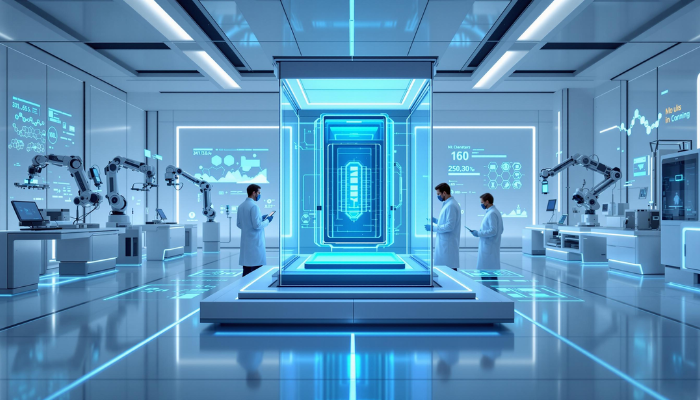Introduction
Automotive technology has become prominent in the growth of technologies around the world, and so has the battery technology. Car battery technology has evolved greatly from the invention of the lead-acid batteries at the end of the nineteenth century. Today we are on the verge of changes in the automotive market which will allow improving it and bringing to the new level. It’s time we look more deeply into the crystal ball and look at what the future of car battery technology will be in 2025 and beyond.
The Application of advanced Batteries About Electric Vehicles
Cars run on electricity, and better batteries are definitely going to be a key component for success of electric vehicles (EVs). Thus, when the usage of electric vehicles becomes more popular, the need for better batteries will rise even further. It is predicted that in the year 2025 the capacity and the energy density of batteries, as well as the time necessary for charging, will be greatly improved.
The lithium-sulfur battery is another of the most innovative car battery technologies that is quickly gaining popularity. These types of batteries have about a 250 percent greater density than lithium-ion batteries; therefore, they are able to store more energy in a given area. Because of its significance in the EV world, this characteristic guarantees a longer driving range per charge and a shorter recharge time.
Another innovation that holds the potential to upset current EV battery dynamics is the solid-state batteries. Contrary to lithium-ion batteries that employ a liquid electrolyte, solid-state batteries use a solid medium through which ions can shuttle between a battery’s cathode and anode. But such a design has the potential of improving energy density, safety, and maybe could help increase charging rates. When these batteries get cheaper, they will dominate the market for EV makers since they are the best for the job.
Hybrid and Plug-in Hybrid Vehicles on the Increase
While fully electric vehicle seems more popular, the majority of drivers are still using gasoline vehicles. With increasing awareness of climate change and air pollution, there is no better time to be searching for a better alternative for those emissions levels without compromising on power.
Hybrid and plug-in hybrid vehicles are rather promising compared to their predecessors and prototypes of similar types. These vehicles are hybrids which incorporate both gasoline engines mobility and electric motor facilities that enable the car to use both gasoline and electrical power. Thus, in 2025, it is possible to predict even more complex hybrid systems that demonstrate higher energy performance, lower emissions, and better driving dynamics.
There is also a combination of technologies in vehicles which will be discussed below: the fuel cell hybrid vehicle. These cars employ Hydrogen fuel cells that in turn produce electricity for an electric motor and self recharging battery. Hydrogen fuel cell vehicles have no direct emissions as a result of their operations; therefore, can be considered as a powerful replacement to the ordinary gasoline engines. By the year 2025, it will be possible to expect improvements to the parc of fuel cell hybrid vehicles as a component of a green future.
The Potential Of: Wireless Charging And Battery Swapping
The advantages of increasing the convenience and accessibility of charging EVs will increase as these cars are used more frequently. Wireless charging technology is expected to break through the charging of electric cars in the year 2025. It does not require use of any wires or cables; all a driver has to do is park his car over a charging surface, and the battery charges itself.
Wireless charging systems are still not very advanced particularly as far as charging times are concerned, but there has been development in that area. In this way, as these technologies advance, it will be possible to state with certainty that EV ownership will be much more comfortable and suitable for everyone.
Another solution to offset the problems of charging with EVs is through battery swapping. This technology enbales drivers to be able to switch between two batteries whereby one battery is fully charged while the other is exhausted within a short time thereby cutting the charging time from hours to minutes. Battery swapping can also be used as a solution to range anxiety because drivers should not worry about the next available charging stations because they can take batteries from the available stations and swap them with the depleted ones as they go.
Conclusion
Analyzing trends in 2025 the prospects of car battery technology suggest numerous developments that will make car batteries the bearer of a new age of automotive industry with less wear on the environment. Lithium-sulfur, solid-state batteries, hybrid vehicles, wireless charging and battery swapping among other developments that we are likely to witness in the future will make EV a more viable proposition in the market. That means these technologies are going to have a major part in building a clean, green, and sustainable transportation of the future.




